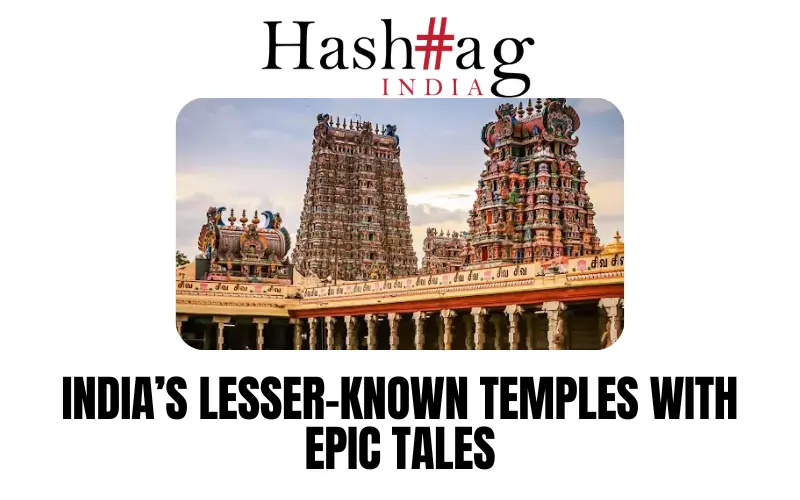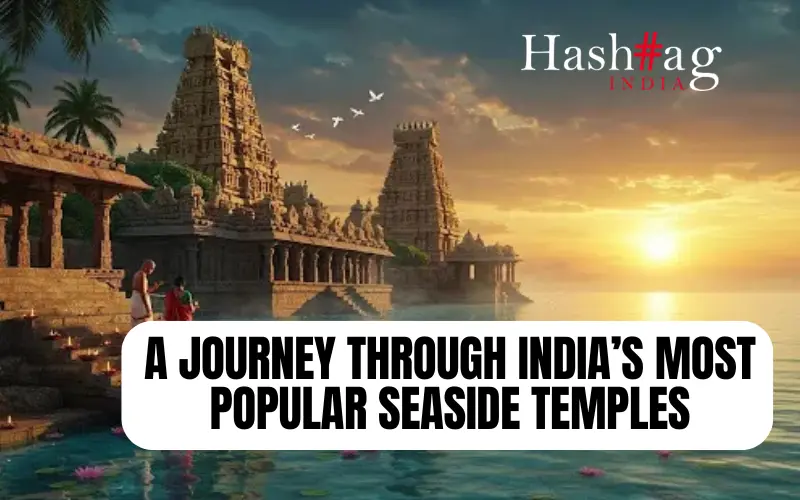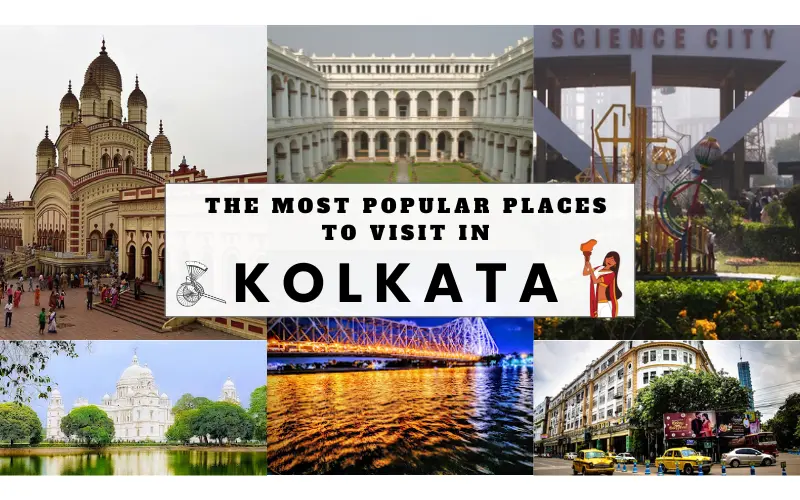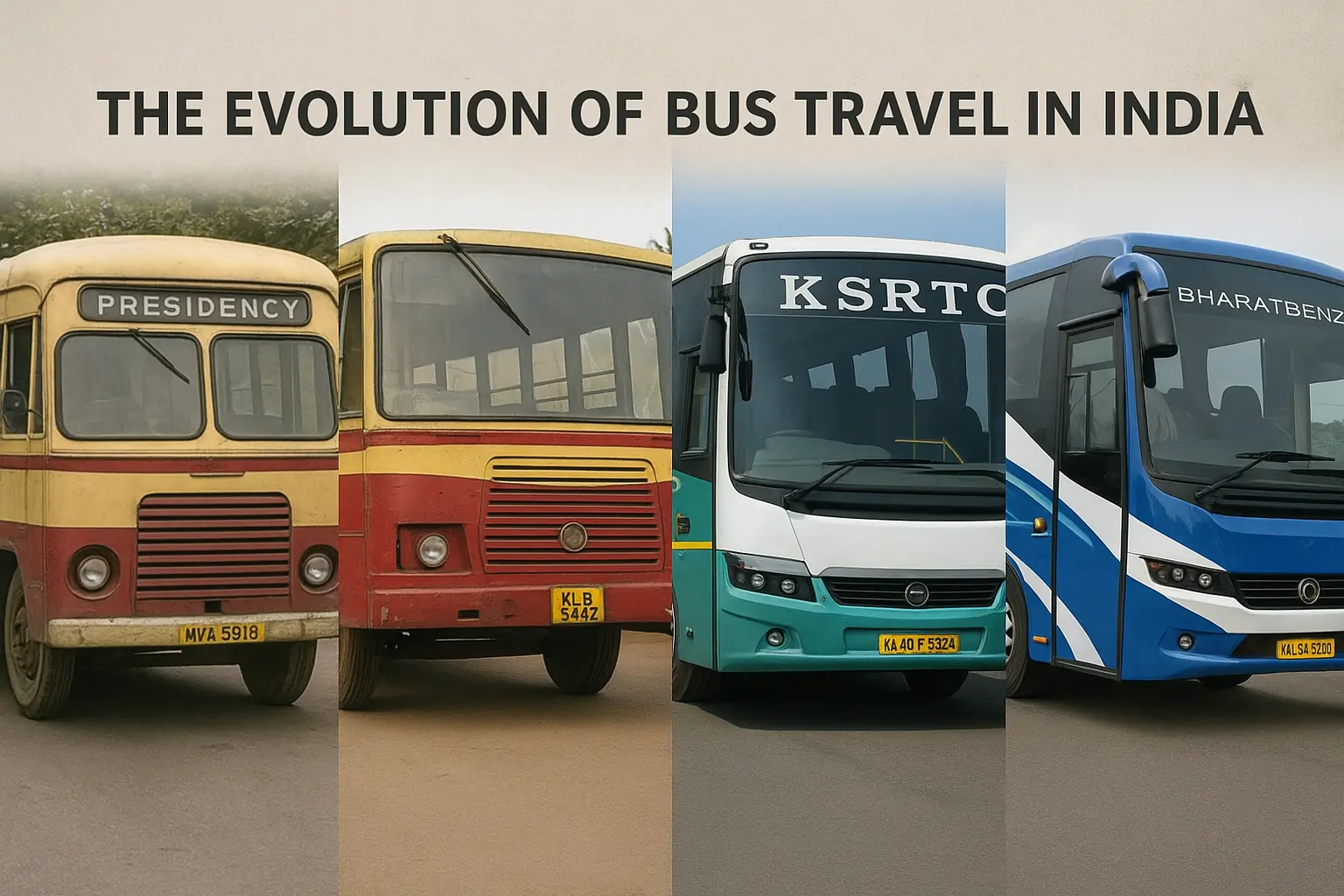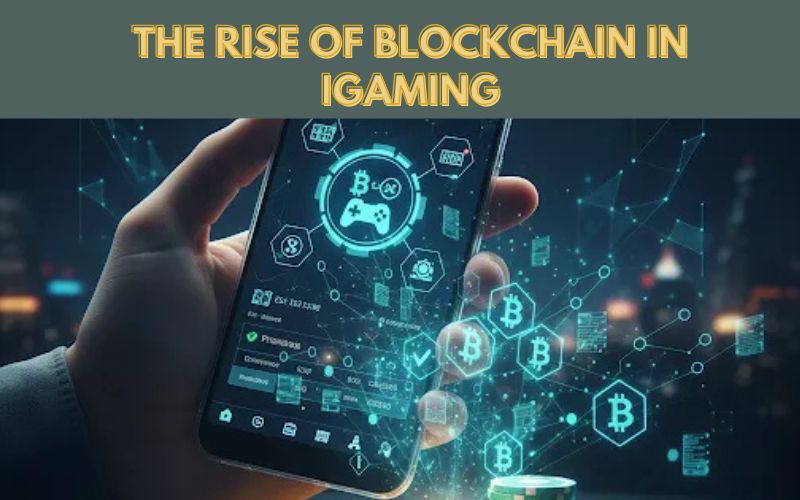The New Ayodhya Temple is a magnificent structure that will soon be the most sacred and revered site for Hindus worldwide. It is located at the birthplace of Lord Rama, the 7th Avatar of Hindu, who is worshiped as the ideal king and hero in Hindu mythology.
The temple is being built by the Shri Ram Janmabhoomi Teerth Kshetra Trust, a charitable organization formed by the Supreme Court of India in 2019 to oversee the construction and management of the temple. Dhanush Kumar writes about the magnificent Ayodhya temple, a symbol of faith, devotion, and harmony for millions of Indians waiting centuries to see their beloved deity in its original form.

The History of the Temple
We all know the story of Ramayana after defeating Ravana and restoring dharma. Rama returned to Ayodhya and was crowned as the king. He ruled for many years with justice and compassion. He had to return to his heavenly abode after completing his earthly duty.
The site where Rama was born is believed to be ‘Ram Janmabhoomi,’ which means ‘the birth place of Lord.’ However over time, this site was occupied by various structures that were built by different rulers and communities.

The most prominent one was the Babri Masjid, a 16th century mosque that was constructed by Mughal Emperor Babur after demolishing the earlier temple dedicated to Rama. The mosque became a source of controversy and conflict between Hindus and Muslims, who claimed ownership over it. Several attempts were made to resolve this dispute peacefully through dialogue and negotiation, but none succeeded until 2019.
The Court’s Order in favour of Ram Mandir
In November 2019, after hearing arguments from both sides, the Supreme Court delivered its historical verdict on one of the most important cases in Indian history. The entire disputed land measuring 2.77 acres should be handed over to a trust formed by Hindus for building a temple at Ram Janmabhoomi. A 5-acre alternative plot should be allotted to Muslims for building a mosque at another location. No other religious structure should be built or demolished within or near Ram Janmabhoomi.

The court’s order was hailed as a historic victory for Hinduism and a milestone for harmony in India.
The Construction Process
The Construction process began on August 5th, 2020 with an auspicious ceremony attended by Prime Minister Narendra Modi himself. He broke ground for laying foundation along with other ministers. The construction work involves laying down more than 36 lakh cubic feet worth of concrete every day using advanced technology and machinery.

The temple will have a magnificent structure with intricate cravings, sculptures, and paintings depicting the life and deeds of Lord Rama. The temple will also have a grand hall for performing rituals and ceremonies, a library for storing scriptures and books, a museum for displaying artefacts and relics, a meditation centre for spiritual seekers, and a garden for offering prayers and flowers.
The temple will be open for devotees from the day of its inauguration, which is expected to be on January 22th, 2024. The temple trust has planned to invite over 25,000 Hindu religious leaders of 136 Sanatan traditions for the Pranpratistha (Consecration ceremony) of the Ram Lalla in the temple. The trust will also feed 1 lakh saints and devotees every day.
Amazing Features of the Ram Lalla Temple
- The temple will span 54,700 sq. ft. covering nearly 2.7 acres of land. It will have five domes, clusters of columns, and will reach a height of 50 meters. It will be one of the biggest temples to be built in India after Independence. The temple will also have intricate carvings, sculptures, and paintings depicting the life and deeds of Lord Rama.
- The temple will be equipped with modern-day technology and innovation to enhance the experience and convenience of the devotees. For example, it will have a smart entry system that will allow only registered devotees to enter the temple. It will also have a digital library that will provide access to various scriptures and books.

- The temple will welcome people from all religions, cultures, languages, and backgrounds. It will respect all faiths and traditions that coexist peacefully in India. It will also promote social harmony and brotherhood among different countries.
- The temple will be dedicated to Lord Rama as Ram Lalla (Infant form of Lord Rama). During the ground-breaking ceremony, Prime Minister Narendra Modi installed the idol on August 5th, 2020.
Conclusion
The New Ayodhya Temple is not only a symbol of faith, devotion, and harmony for millions of Hindus who have been waiting for centuries to see their beloved deity in its original form. It is also a testament to India’s democracy and secularism that respects all religions and cultures. It is a dream come true for millions of Indians longing to witness this historic event. It is a moment of pride and joy for India that showcases its rich heritage and culture. It is a celebration of life that brings peace and happiness to everyone.

